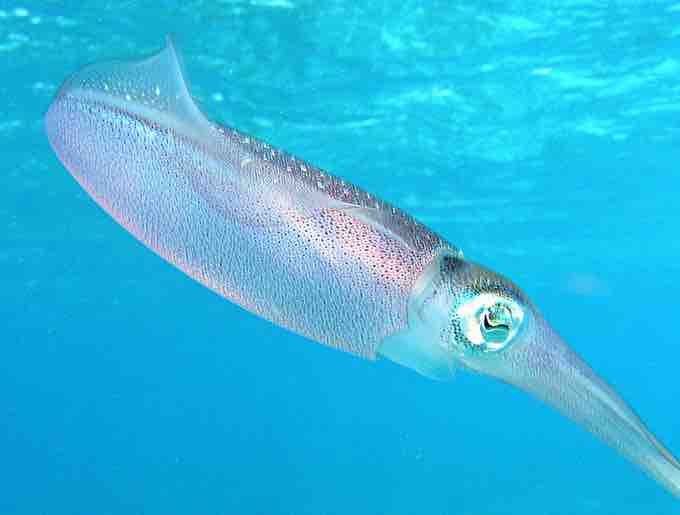Lophotrochozoans
Animals belonging to superphylum Lophotrochozoa are protostomes: the blastopore (or the point of involution of the ectoderm or outer germ layer) becomes the mouth opening to the alimentary canal. This is called protostomy or "first mouth." In protostomy, solid groups of cells split from the endoderm or inner germ layer to form a central mesodermal layer of cells. This layer multiplies into a band which then splits internally to form the coelom; this protostomic coelom is termed schizocoelom.
As lophotrochozoans, the organisms in this superphylum possess either lophophore or trochophore larvae. The exact relationships between the different phyla are not entirely certain. The lophophores include groups that are united by the presence of the lophophore, a set of ciliated tentacles surrounding the mouth. Lophophorata include the flatworms and several other phyla, including the Bryozoa, Entoprocta, Phoronida, and Brachiopoda. These clades are upheld when RNA sequences are compared. Trochophore larvae are characterized by two bands of cilia around the body. Previously, these were treated together as the Trochozoa, together with the arthropods, which do not produce trochophore larvae, but were considered close relatives of the annelids because they are both segmented. However, they show a number of important differences. Arthropods are now placed separately among the Ecdysozoa. The Trochozoa include the Nemertea, Mollusca, Sipuncula, and Annelida.
The lophotrochozoans are triploblastic, possessing an embryonic mesoderm sandwiched between the ectoderm and endoderm found in the diploblastic cnidarians. These phyla are also bilaterally symmetrical: a longitudinal section will divide them into right and left sides that are symmetrical . They also show the beginning of cephalization: the evolution of a concentration of nervous tissues and sensory organs in the head of the organism, which is where it first encounters its environment.

Lophotrochozoans
The Caribbean Reef Squid or Sepioteuthis sepioidea is a complex lophotrochozoan. Species in this group have bilateral symmetry.